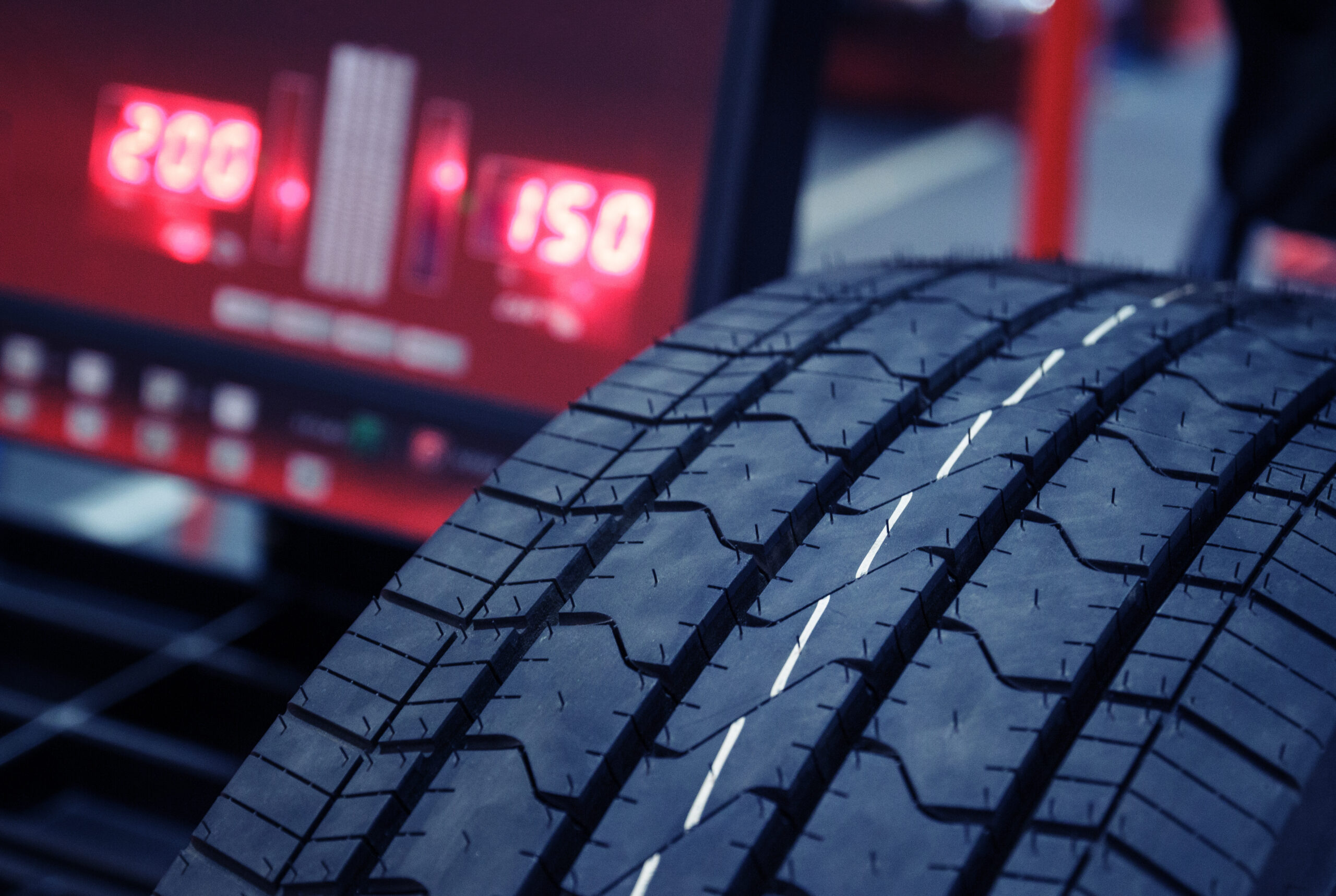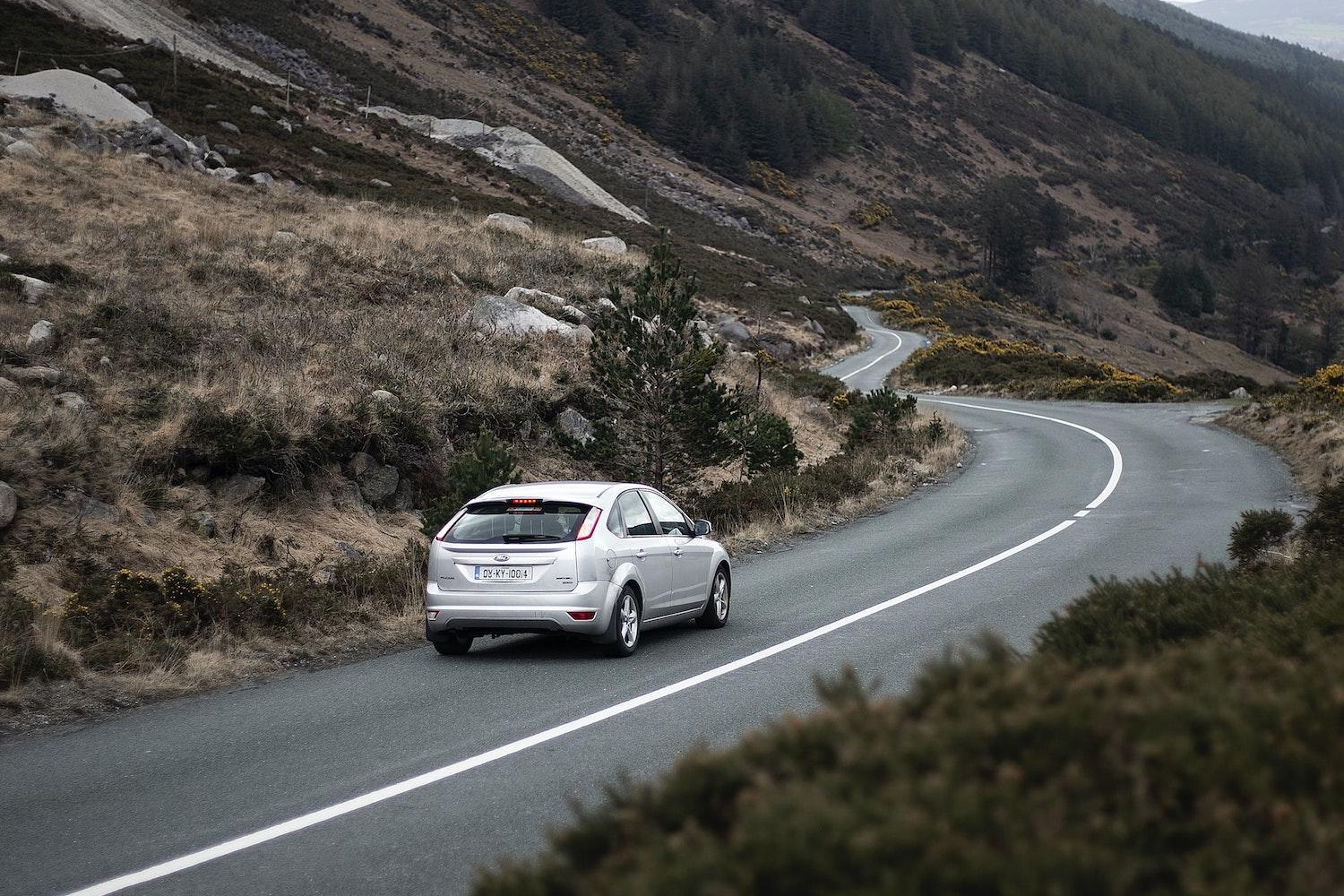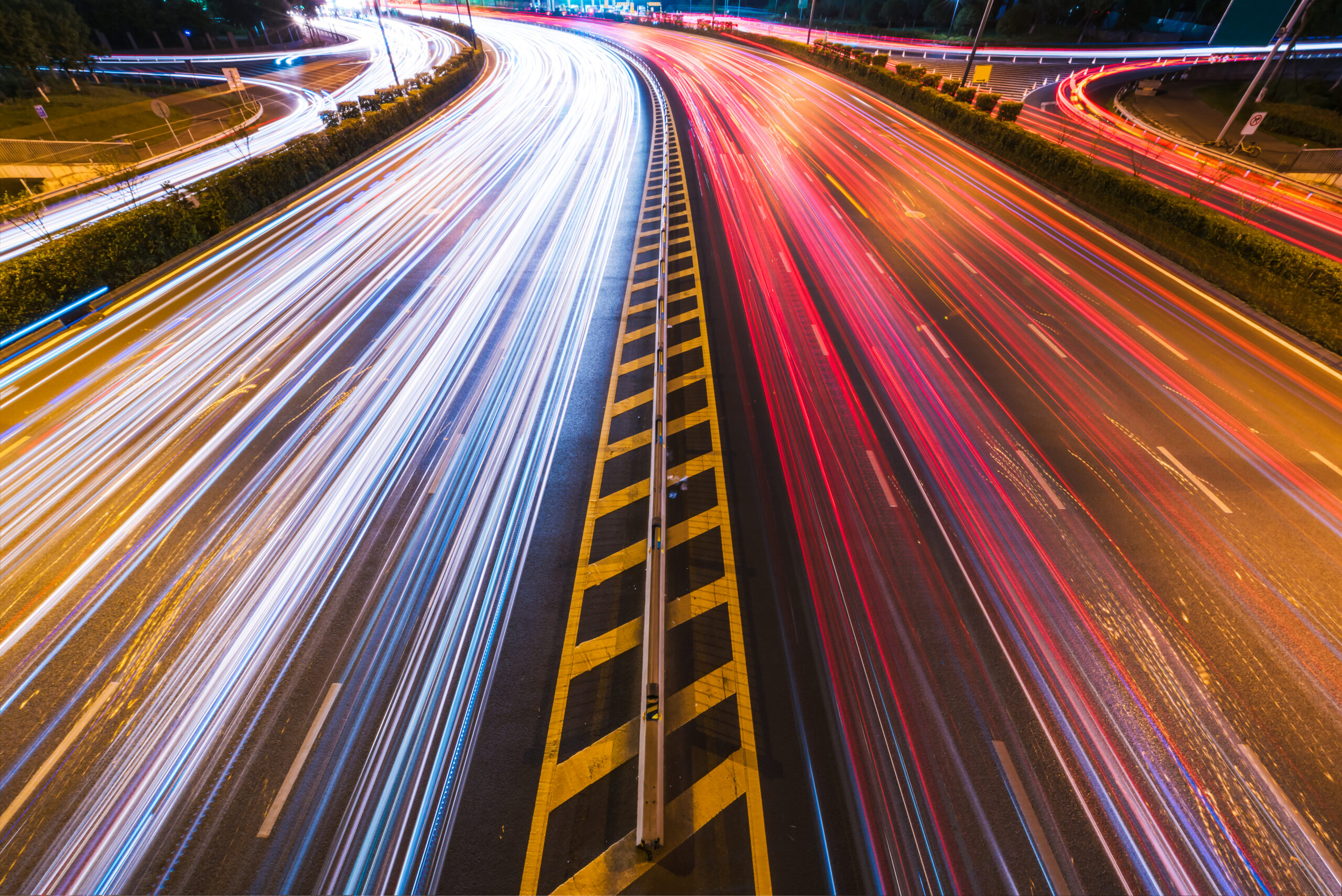
Vehicle-related particulate matter (PM) emissions may arise from both exhaust and non-exhaust mechanisms, such as brake wear, tire wear, and road pavement abrasion.
This study was undertaken to quantify TRWP in PM2.5 at roadside locations in urban centers including London, Tokyo and Los Angeles.
TRWP levels in PM2.5 were significantly different between the three cities, with no significant correlation between TRWP in PM2.5 and traffic count. This study provides an initial dataset to understand potential human exposure to airborne TRWP and the potential contribution of this non-exhaust emission source to total PM2.5.








